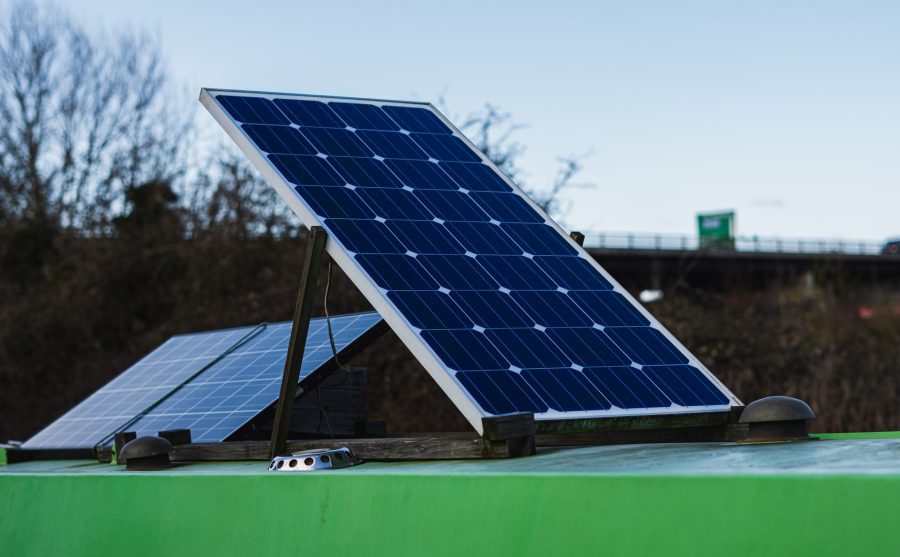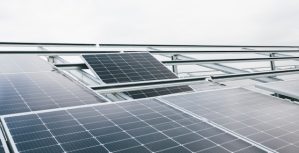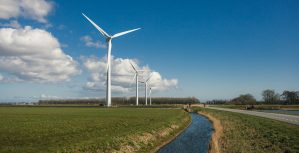Understanding the impact of solar feed in tariffs on industry
In 2010, Solar feed in tariffs provided payments to owners of small renewable generators at a fixed rate per unit of electricity produced, enabling the cost of installing solar panels to be recovered.
The scheme was for all forms of renewable generation, the impact was most felt in solar.
What impact did it have on consumers?
Before it was canned, the Department for Business, Energy and Industrial Strategy (BEIS) recorded a 3% year-on-year increase in capacity installed between March 2018 and March 2019 – or a 4% rise in total installation numbers.
This was a big setback for campaigners of renewable energy, and those who wanted an efficient way to heat their home.
Modern ways of saving energy, such as smart showers, or air pumps, can still be used, but the loss of thousands of solar panels across the country has had a devastating impact since the scheme collapsed.
A separate study from SolarPowerEurope said that the impact of the decision was being felt long before the final end of the scheme itself, with numbers of installs halving in 2017, then again in 2018.
Impact on Industry
Clearly it has been a tough time for manufacturers of solar panels as they try to break into European markets, specifically the UK. Solar panels are weighty and cumbersome, so companies often prefer to manufacturer them close to the final country of use. If this trend continues it will mean even higher prices for end users, as they have to factor in transport costs, on top of materials and fluctuations in their prices.
Grants are still available in some regions for businesses to make the most of solar power.
In heavy industry such as farming, installing solar panels can quickly pay for itself. There is financing available upfront, to help mitigate large upfront costs. This means operators can start making money back from savings in electricity bills immediately, then pay off the cost of the panels over time.
Bringing back the feed in tariff would undoubtedly convince more businesses to make the switch. But for now, the government is banking on increases in wholesale fuel prices being enough of an incentive for industry to seek out greener sources of energy, rather than footing the bill themselves. Those who took advantage of grants and initiatives 5 years ago will certainly be enjoying the benefits now.
Will the policy change again?
With strong ambitions being made by western nations to reduce the dependency on fossil fuels from Russia, there is a good chance that major changes to the energy sector may be under way. One of the easiest ways to create electricity is through solar energy, and it is a quick installation given the right circumstances. This method would certainly be easier than finding new sites for nuclear power plants, which can take decades to complete if planning permission from residents doesn’t get approved.
So the future is bright for feed in tariffs, but it could take months before the scheme is properly rolled out.
RESOURCES:
https://solaradvice.co.uk/solar-panel-costs/
https://www.edie.net/uk-solar-power-growth-halves-for-second-year-running/
https://www.aqualisa.co.uk/blog/reducing-your-home-s-impact-on-the-planet/
Share It on :





